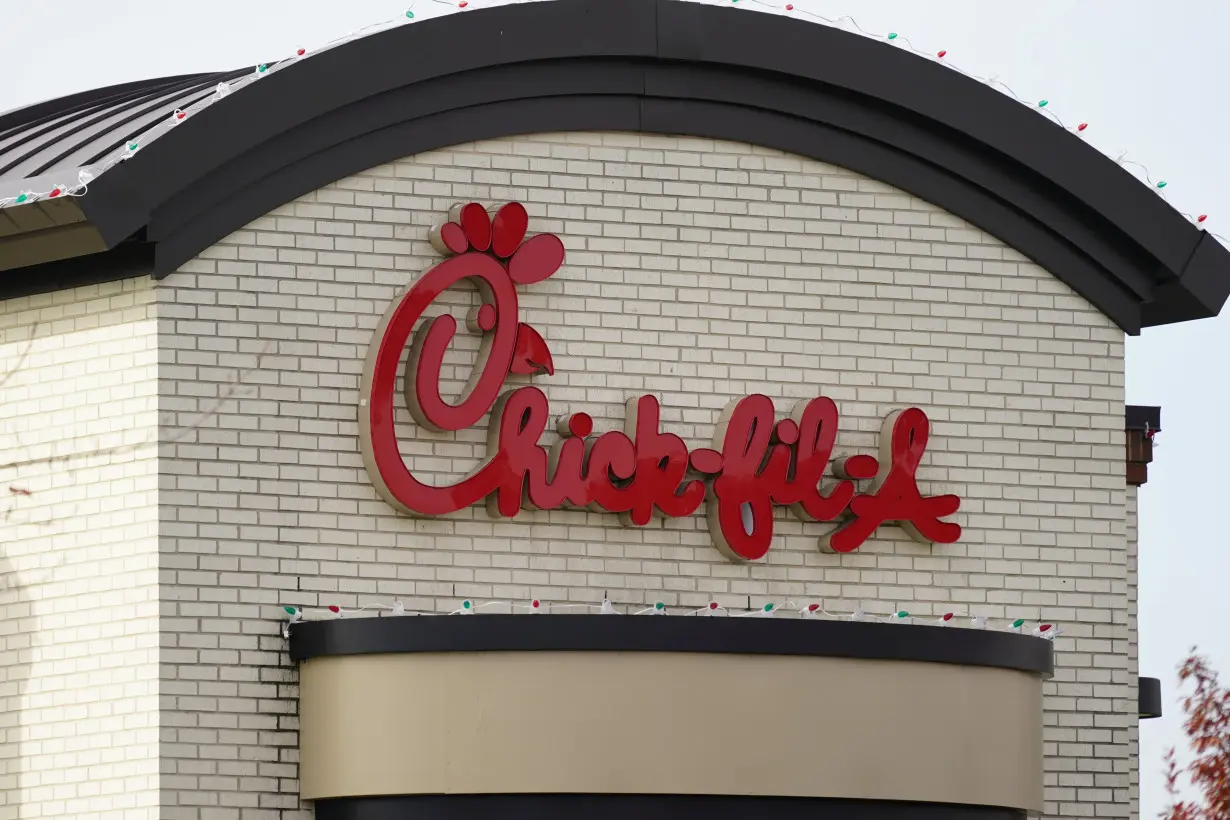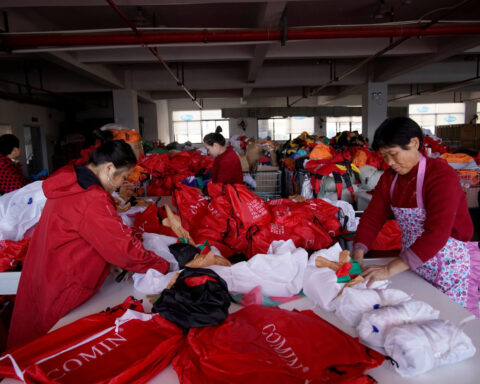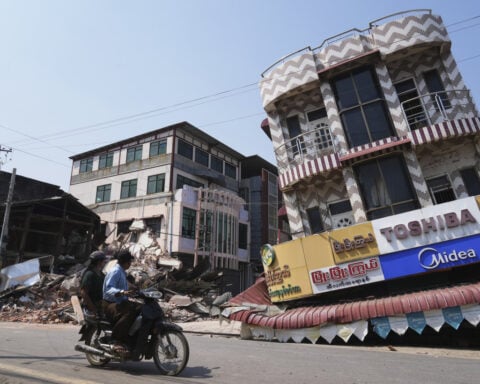ATLANTA (AP) — The fast-food chain Chick-Fil-A backtracked from its decade-old “no antibiotics ever” pledge intended to help prevent human antibiotic resistance linked to the rampant use of the drugs in livestock production.
Instead, the company said in a statement that it will embrace a standard known as “no antibiotics important to human medicine,” often abbreviated as NAIHM, which entails the avoidance of medications commonly used to treat people and limits the use of animal antibiotics to cases of actual animal illness.
Livestock producers have long used antibiotics to boost rapid weight gain in animals such as chickens, pigs, cows and sheep, improving the profitability of their businesses. Over the past decade, however, many nations, including the United States, have begun to restrict the practice as evidence mounted that it was contributing to drug resistance and reducing the effectiveness of antibiotics against disease in humans.
Chick-Fil-A said it will begin shifting to the new policy in the spring of 2024. A company spokesman added that the move reflects company concerns about its ability to acquire sufficient supplies of antibiotic-free chicken. One of the poultry industry's largest companies, Tyson Foods, said last year that it was reintroducing some antibiotics to its chicken production and removing its “No Antibiotics Ever” package labeling. It began to eliminate antibiotics from some of its poultry production in 2015.
In a May 2023 video featured on the Tyson Foods YouTube channel, Tyson's senior director of animal welfare, Karen Christensen, described the shift as “based on scientific research and industry learnings.” She noted that Tyson planned to begin using antibiotics known as ionophores, which don't play a role in human medicine, to “improve the overall health and welfare of the birds in our care.” Ionophores have long been used to promote growth in livestock.

 Trump has begun another trade war. Here's a timeline of how we got here
Trump has begun another trade war. Here's a timeline of how we got here
 Canada's leader laments lost friendship with US in town that sheltered stranded Americans after 9/11
Canada's leader laments lost friendship with US in town that sheltered stranded Americans after 9/11
 Chinese EV giant BYD's fourth-quarter profit leaps 73%
Chinese EV giant BYD's fourth-quarter profit leaps 73%
 You're an American in another land? Prepare to talk about the why and how of Trump 2.0
You're an American in another land? Prepare to talk about the why and how of Trump 2.0
 Chalk talk: Star power, top teams and No. 5 seeds headline the women's March Madness Sweet 16
Chalk talk: Star power, top teams and No. 5 seeds headline the women's March Madness Sweet 16
 Purdue returns to Sweet 16 with 76-62 win over McNeese in March Madness
Purdue returns to Sweet 16 with 76-62 win over McNeese in March Madness








